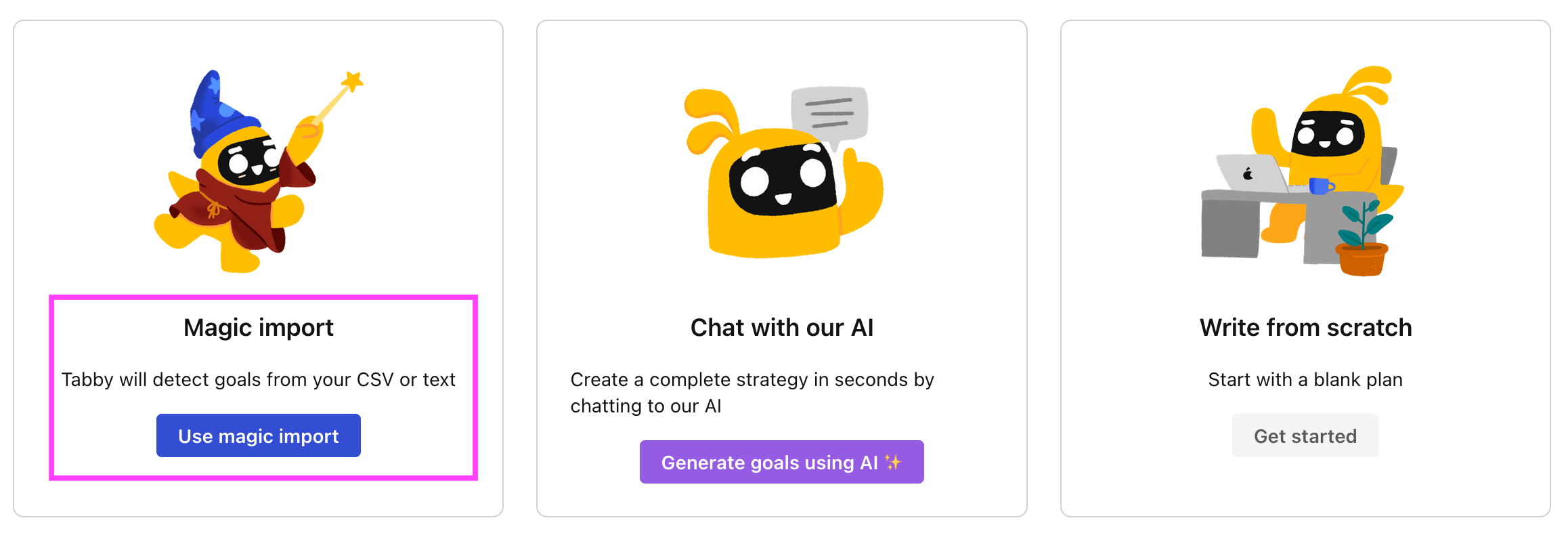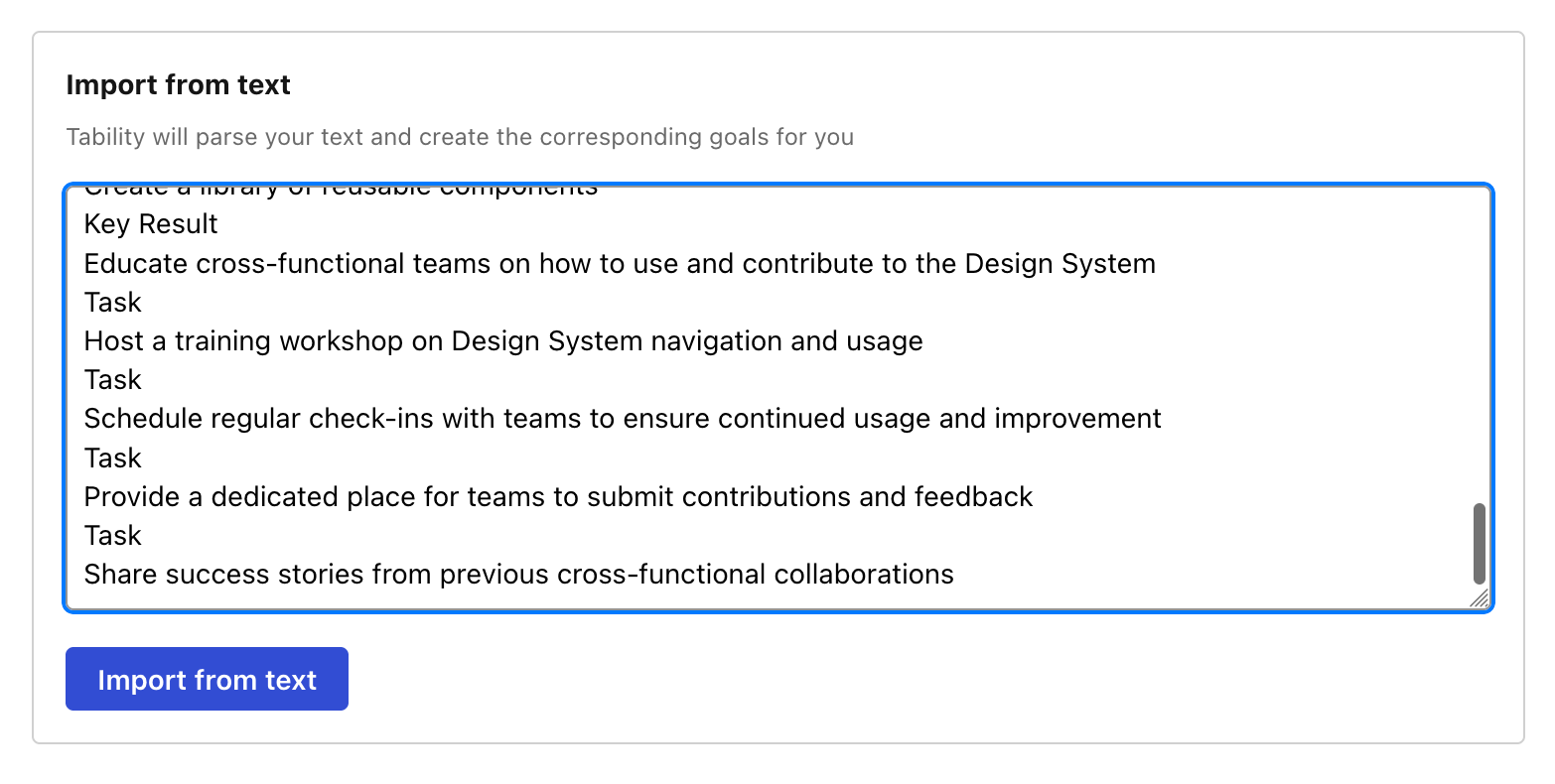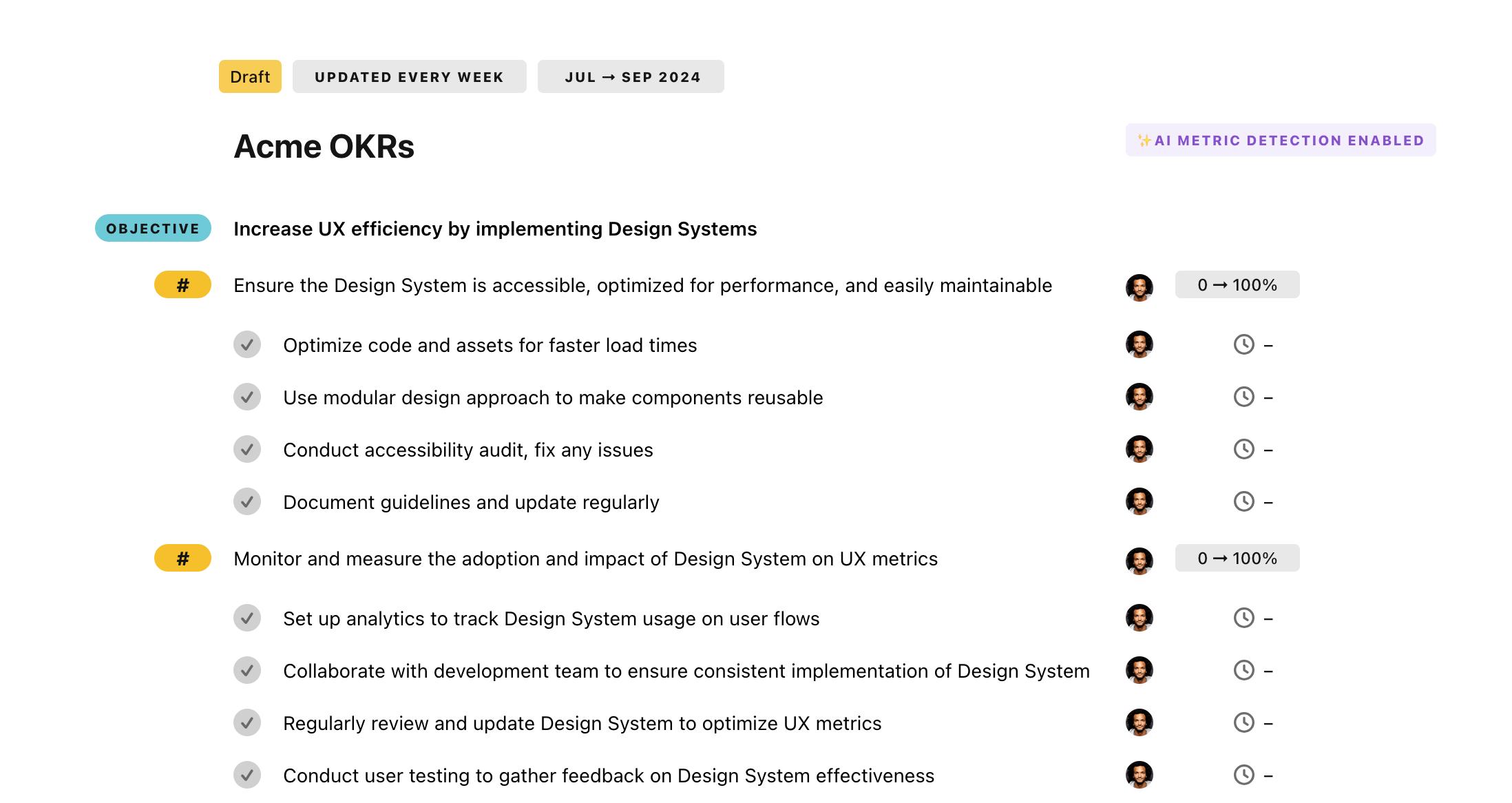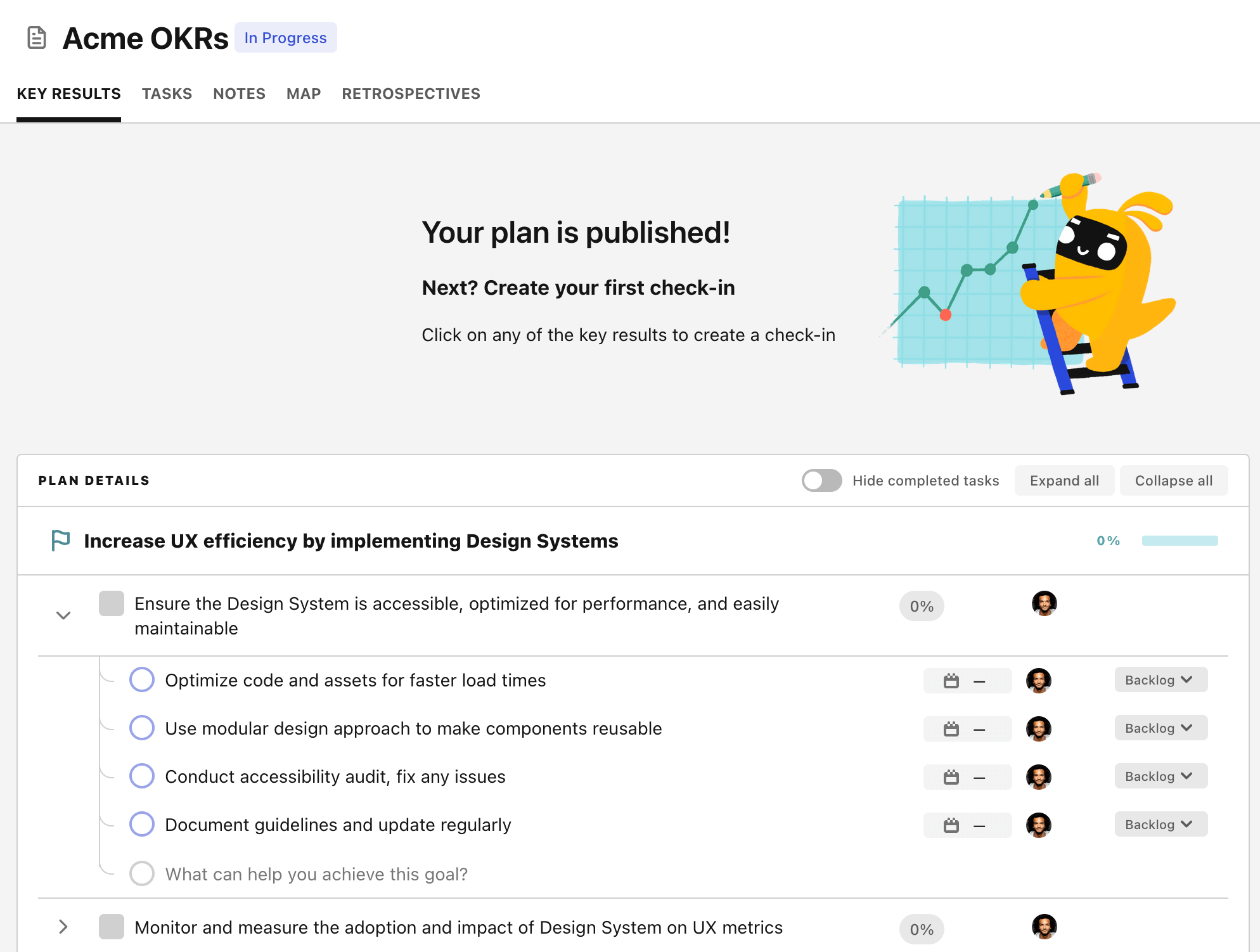OKR template to increase overall user acquisition
Your OKR template
The second outcome involves achieving a 15% increase in website registration rates. Initiatives planned for this outcome include referral programs to encourage sign-ups, creation of targeted and compelling website content, and optimizing the registration process to be quick and user-friendly.
The third outcome is aimed at improving the onboarding process by reducing drop-offs by 20%. This will involve development of engaging onboarding materials, identifying which stages in the process have high drop-off rates, and introducing personalized follow-up communications.
Conclusively, this OKR strategically focuses on improving user acquisition, increasing registration rates, and improving the onboarding process to create a seamless experience for potential users, thereby reducing drop-offs.
ObjectiveIncrease overall user acquisition
KRImplement two impactful marketing campaigns targeting potential users
Develop two unique, impactful marketing campaigns
Execute and monitor the effectiveness of these campaigns
Research what marketing strategies resonate with our target users
KRAchieve 15% growth in website registration rates
Initiate referral programs to encourage sign-ups
Develop compelling, targeted website content
Implement User-friendly and quick registration processes
KRImprove onboarding process, reducing drop-offs by 20%
Develop engaging, streamlined onboarding materials
Identify stages in the process with high drop-off rates
Implement personalized, supportive follow-up communications
How to edit and track OKRs with Tability
You'll probably want to edit the examples in this post, and Tability is the perfect tool for it.
Tability is an AI-powered platform that helps teams set better goals, monitor execution, and get help to achieve their objectives faster.
With Tability you can:
- Use AI to draft a complete set of OKRs in seconds
- Connect your OKRs and team goals to your project
- Automate reporting with integrations and built-in dashboard
Instead of having to copy the content of the OKR examples in a doc or spreadsheet, you can use Tability’s magic importer to start using any of the examples in this page.
The import process can be done in seconds, allowing you to edit OKRs directly in a platform that knows how to manage and track goals.
Step 1. Sign up for a free Tability account
Go tohttps://tability.app/signup and create your account (it's free!)
Step 2. Create a plan
Follow the steps after your onboarding to create your first plan, you should get to a page that looks like the picture below.

Step 3. Use the magic importer
Click on Use magic import to open up the Magic Import modal.
Now, go back to the OKR examples, and click on Copy on the example that you’d like to use.

Paste the content in the text import section. Don’t worry about the formatting, Tability’s AI will be able to parse it!

Now, just click on Import from text and let the magic happen.

Once your example is in the plan editor, you will be able to:
- Edit the objectives, key results, and tasks
- Click on the target 0 → 100% to set better target
- Use the tips and the AI to refine your goals
Step 4. Publish your plan
Once you’re done editing, you can publish your plan to switch to the goal-tracking mode.

From there you will have access to all the features that will help you and your team save hours with OKR reporting.
- 10+ built-in dashboards to visualise progress on your goals
- Weekly reminders, data connectors, and smart notifications
- 9 views to map OKRs to strategic projects
- Strategy map to align teams at scale